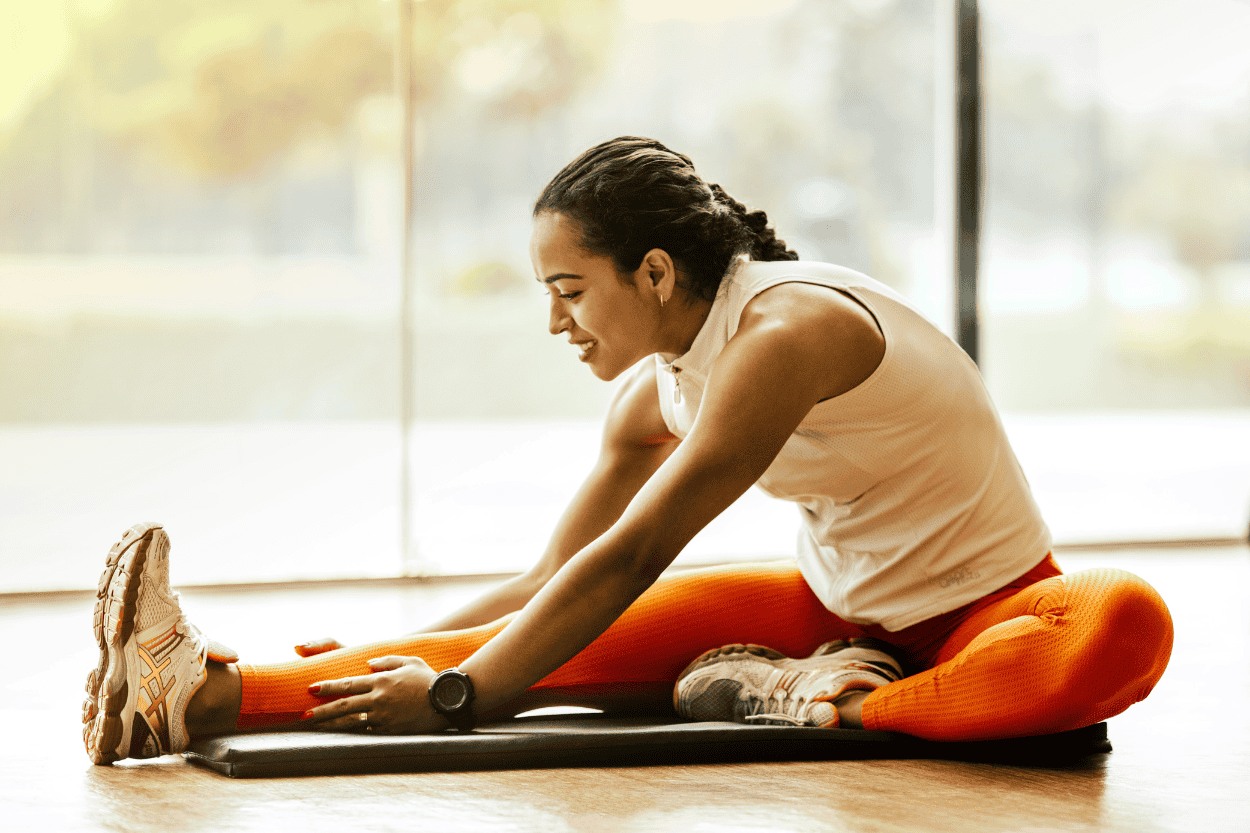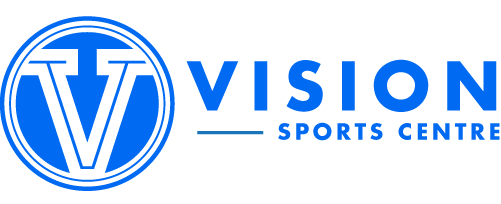Whether you’re new to fitness or a seasoned athlete, maximizing your workout results while minimizing soreness is essential for consistency and progress. Here are some expert tips to help you get the most out of your workouts without the dreaded post-exercise pain.

1. Warm Up Properly
Before diving into any workout, warming up is essential. A good warm-up increases your heart rate and blood flow to your muscles, preparing your body for higher intensity. Try 5–10 minutes of dynamic stretching, such as leg swings, arm circles, or light jogging. This can prevent injuries and help reduce muscle soreness after your workout.
2. Focus on Proper Form
Maintaining good form during your exercises not only helps in maximizing results but also in reducing the risk of injury and soreness. Quality over quantity is key—so make sure you’re focusing on controlled, correct movements rather than rushing through reps.
3. Gradually Increase Intensity
If you’re just starting out, it’s tempting to go all in right away. But gradually increasing your workout intensity is a smarter strategy for long-term results and muscle health. Increase weights, reps, or workout duration in small increments to allow your muscles time to adapt and avoid unnecessary soreness.

4. Incorporate a Cool Down Routine
Cooling down is just as important as warming up. Spend 5–10 minutes after your workout stretching the major muscle groups. This helps to release tension, prevent lactic acid buildup, and improve flexibility—leading to less soreness the next day.
5. Prioritize Hydration
Staying hydrated is crucial for muscle recovery and overall performance. Dehydration can exacerbate muscle cramps and soreness, making your workouts feel harder. Aim to drink water before, during, and after exercise, and consider an electrolyte drink if you’re doing a particularly intense or long session.
6. Fuel Your Body with Protein and Nutrients
Proper nutrition fuels recovery and muscle growth. Protein is especially important for repairing muscles post-workout, so try to eat a protein-rich snack, like a smoothie or yogurt, within 30 minutes of finishing your workout. Incorporate nutrient-dense foods, like leafy greens and fruits, to ensure you’re getting the vitamins and minerals needed for recovery.
7. Embrace Active Recovery Days
Rest days don’t have to mean total rest. Opt for active recovery exercises like walking, swimming, or yoga, which can help flush out toxins and promote blood flow to sore muscles. Active recovery helps keep you moving while reducing stiffness and soreness.

8. Get Adequate Sleep
Sleep is when your muscles truly repair and grow. Aim for 7–9 hours of quality sleep each night to allow your body to recover fully. Lack of sleep can lead to increased soreness, slower recovery, and a decrease in workout performance.
9. Try Foam Rolling and Massage Therapy
Foam rolling and massage therapy are fantastic for relieving muscle tightness and improving recovery time. Foam rolling helps to release knots in your muscles, while massage therapy can target deeper muscle layers, providing significant relief and flexibility improvements.
10. Supplement Wisely
If you’re prone to soreness, consider supplements like magnesium, fish oil, or BCAAs (branched-chain amino acids), which have been shown to aid in recovery and reduce muscle soreness. Always consult a healthcare professional before adding new supplements to your routine.
By incorporating these tips into your fitness routine, you can maximize your results and keep post-workout soreness in check. Remember, progress takes time, so listen to your body, give it what it needs, and enjoy the journey to a stronger, healthier you! This approach to fitness balances effort with recovery and can help make your workouts more enjoyable and effective over time.
Visit Vision Sports Centre today to see how we can best serve you!


